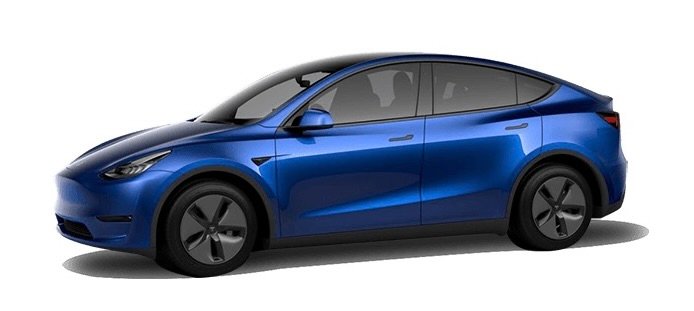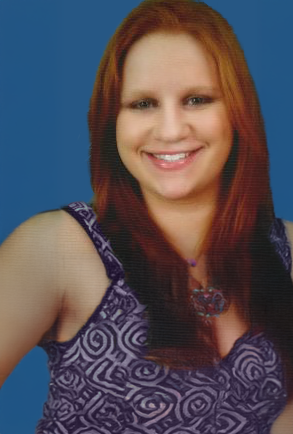June 13, 2025

by Jaymie Johns
Tesla is preparing to publicly deploy its first fully autonomous vehicles on June 22 in Austin, Texas. This initial rollout will consist of roughly ten to twenty modified Model Ys, operating without human drivers, steering wheels, or pedals. Each vehicle will be remotely monitored by a human supervisor, and the service will be limited to a geofenced area within the city.
Elon Musk confirmed the timeline directly via X, and Tesla's stock rose approximately two percent in response. While the scope of this launch is modest, its implications are not. For the first time, Tesla will offer a commercial ride-hailing experience without a human operator inside the vehicle. After years of development, shifting timelines, and increasing public speculation, the company is no longer simply testing its autonomous system. It is putting it into service.
The idea of a Tesla‑run robotaxi network has been public since 2019, when Musk projected a million self‑driving cars on the road “next year.” That didn’t happen. FSD remained in beta for years, requiring driver supervision, with Tesla pushing updates and iterating toward the goal—but never quite reaching it. Now, five years later, Tesla is preparing to put passengers into vehicles that are not just hands‑free, but entirely driverless.
Much of the delay came down to the complexity of full autonomy in real-world environments. Unlike controlled highway scenarios, urban navigation involves variables that are difficult to model: erratic pedestrians, unpredictable traffic behavior, construction detours, and adverse weather. Tesla’s bet on vision-only neural networks in FSD version 12 represents a decisive move away from traditional LiDAR-based approaches used by competitors.
Austin is not just a convenient location—it’s strategically permissive. Texas law preempts city regulations on autonomous vehicle operations, which gives Tesla wide latitude to launch services without the bureaucratic delays that have slowed competitors in other states. The city already hosts Tesla’s Gigafactory, and its roads have been the backdrop for years of FSD testing.
Additionally, Austin’s tech-savvy demographic and infrastructure investments make it an ideal test market for early-stage mobility services. With a younger population open to innovation—and local governments unlikely to push back—Tesla is stepping into a relatively low-resistance environment with high potential for data collection and iteration.
The vehicles will be modified Model Ys with their controls removed and the latest vision only FSD software installed. Operations will be geofenced to mapped zones, and each car will be overseen in real time by a remote supervisor who can intervene if necessary. Tesla has not yet detailed how quickly those interventions can occur or how often they are expected.
There is no fare structure, no app rollout, and no public onboarding process currently disclosed. While the vehicles are operational, the surrounding system—the user interface, rider experience, and customer support model—is still opaque. It’s a launch in infrastructure more than in service, and for now, Tesla seems to prefer to let the technology do the talking.
Tesla describes the rollout as “super paranoid” on safety, but the public still lacks a clear explanation of who is responsible if an autonomous vehicle makes a critical error. In a service with no on board driver, accountability cannot remain ambiguous.
If a pedestrian is struck, if a vehicle stalls in an intersection, or if a remote supervisor makes the wrong call from miles away, the question becomes more than operational—it becomes legal. Tesla has yet to publicly state what procedures are in place for third-party review, civil claims, or regulatory disclosure in the event of a malfunction or collision.
Previous autonomous programs such as Cruise and Waymo have faced setbacks under public scrutiny. Cruise in particular suffered a complete shutdown after an incident involving a pedestrian dragged beneath a vehicle that failed to detect the severity of the situation. These missteps serve as cautionary tales for Tesla as it enters a highly visible phase of rollout.
Tesla has observed those failures and believes its software maturity and controlled scope will avoid similar outcomes—yet without transparency, confidence remains provisional. Unlike Cruise, Tesla has not yet committed to public data sharing or external audits, and that absence could be a liability in the event of controversy.
For Tesla, this is more than a technical milestone. It is a business pivot toward software driven, recurring revenue. Success would validate a new economic model; failure would raise fresh questions about the feasibility of Level 4 autonomy in everyday traffic.
The company has long argued that robotaxis represent the ultimate expression of its platform. Instead of selling a car once, Tesla could monetize each mile of service—on demand, at scale, and without human labor. It’s an ambitious model, but one dependent on flawless execution and public acceptance.
To date, Tesla has released no public safety manual, fare structure, or incident reporting process. In public infrastructure, silence is rarely a substitute for openness.
While the company may have robust internal systems in place, the details have yet to be made public. That isn’t necessarily a red flag—Tesla often moves quickly and builds in public. Still, clearer communication around safeguards, escalation procedures, and rider expectations would go a long way in helping both regulators and the public understand how Tesla plans to manage operational risk at scale.
The June 22 launch date is tentative but treated internally as firm. Vehicles are ready; oversight systems are active. If the rollout proceeds, Tesla will become the first automaker to offer fully driverless rides without in cabin human presence.
Still, there’s a difference between technical readiness and operational readiness. The systems may function in ideal conditions, but how they respond under real-world pressure—unexpected road closures, uncooperative riders, sudden storms—will reveal whether the technology is truly street-ready.
Tesla’s robotaxi service is no longer a theoretical endpoint. It is a scheduled deployment that will measure the gap between engineering ambition and operational reality. Whether it scales smoothly or stumbles under scrutiny will shape the future of autonomous mobility far beyond Austin’s city limits.
There’s a great deal at stake—not just for Tesla, but for public perception of what autonomy actually means when it moves from private driveways to public streets. If this launch succeeds, it may legitimize a long-promised future. If it falters, it will demand a much harder look at who is building that future, and for whom.

Media Morality Evaluator